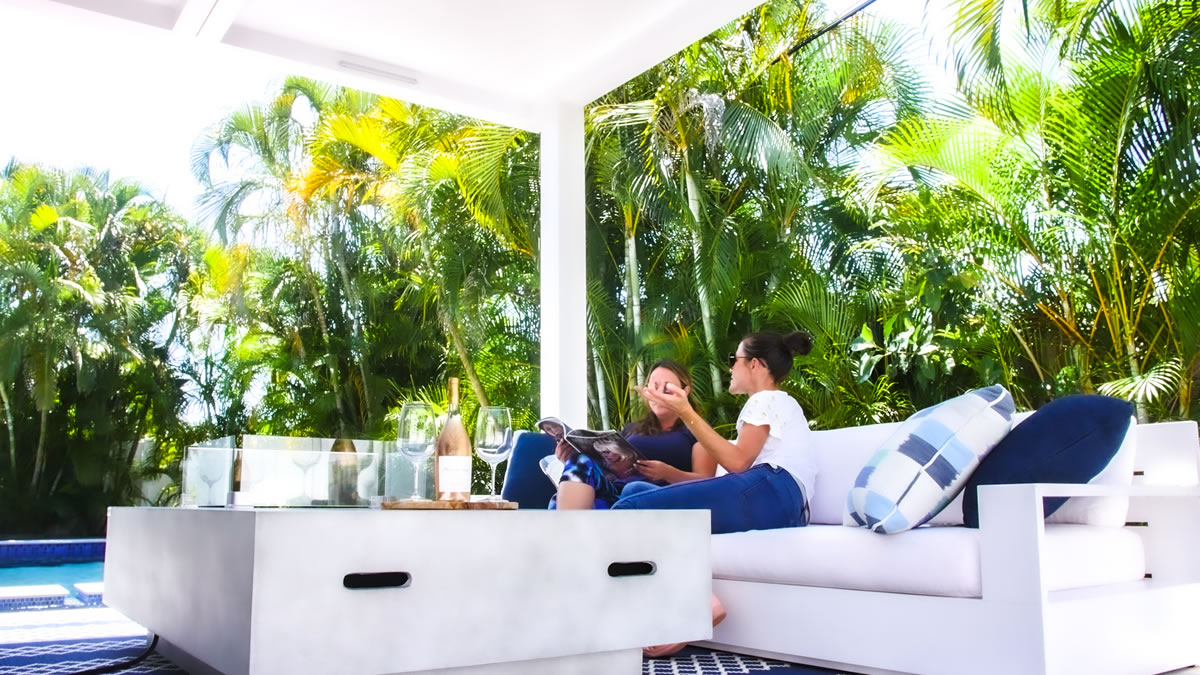

Building a backyard pergola is a sure-fire way to get more enjoyment from your outdoor spaces. One of the key elements that will affect how you use your new outdoor living space is the surrounding landscaping. Making sure your new backyard pergola fits seamlessly with your home’s landscaping, scenic views and existing exterior design, is one of the most important elements of our design process. For projects where a new landscape design will be needed, though, it is important to build a site plan that starts with your new outdoor space and extends to the newly planned landscaping.
Choosing the right Florida plants, deciding where to plant them, how to layer them, etc. is often a subjective decision that will be driven by your personal style, but we have some suggestions on how to approach the landscape design process here in our Florida landscaping guide.
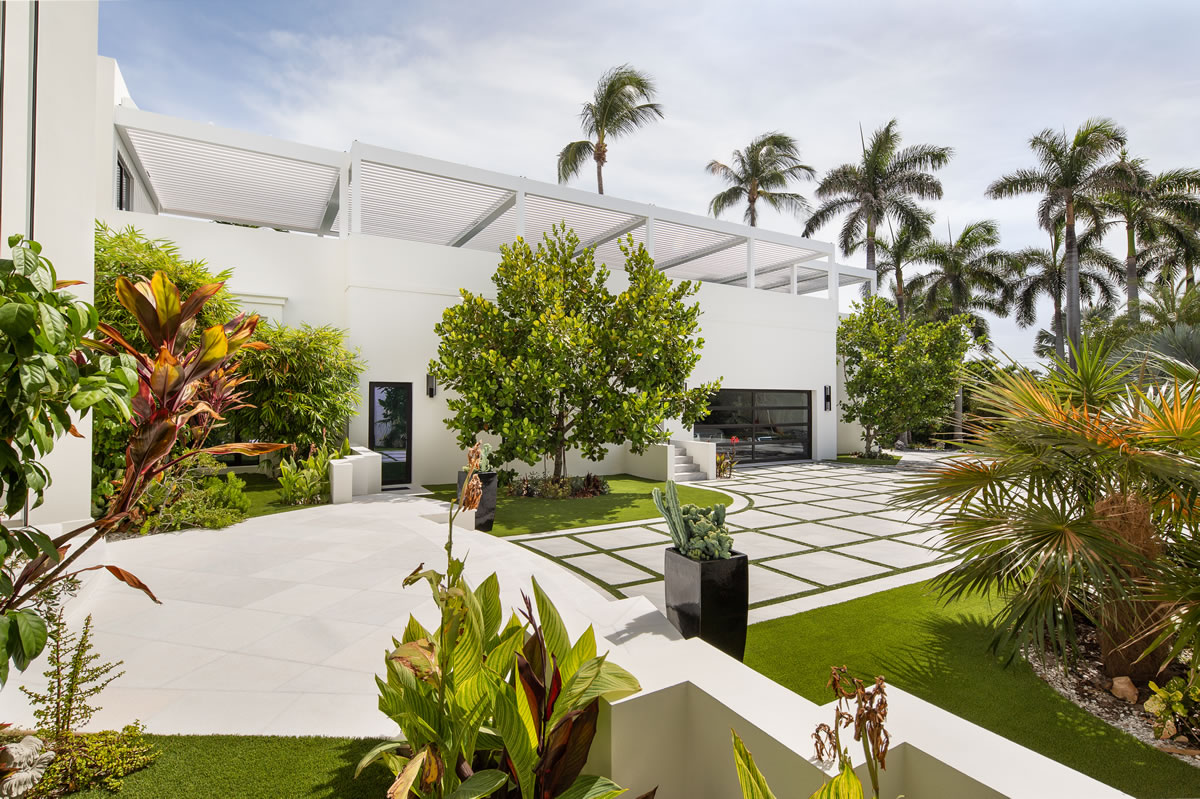
To ensure the long-term sustainability of your new landscaping it is important to first make an evaluation of the ground under your feet. Determining how well it will drain, and where it will hold water. If the property has some plants that are thriving particularly well, take note and look to keep them in your new design or seek out similar plants to those champions. As part of our project site evaluations, our team will conduct ground core sampling to determine the appropriate footings needed for your pergola project. These samples can also be helpful in evaluating the ground for your landscaping plans.
Flip through a gardening magazine and you’ll see that each of the prized designs selected for these editorial pages have a unifying form style. Some may feature geometric shapes, while others rely on natural curvilinear layouts. Regardless of the shape of the planting beds, it’s important that they fit with your home’s exterior style. So, a laid back beach home might benefit from naturally flowing lines, while a contemporary home might look best surrounded by straight edged planting beds. If your new outdoor living space will feature a motorized louvered roof pergola, remember that the structure itself will bring a unique architectural element to the backyard. And with the louvers open, they will throw linear shadows that can play nicely with surrounding landscape designs.
When selecting the best Florida plants for your landscape design, make sure to consider the function of each of those selections. Plant function tends to fit into three categories:
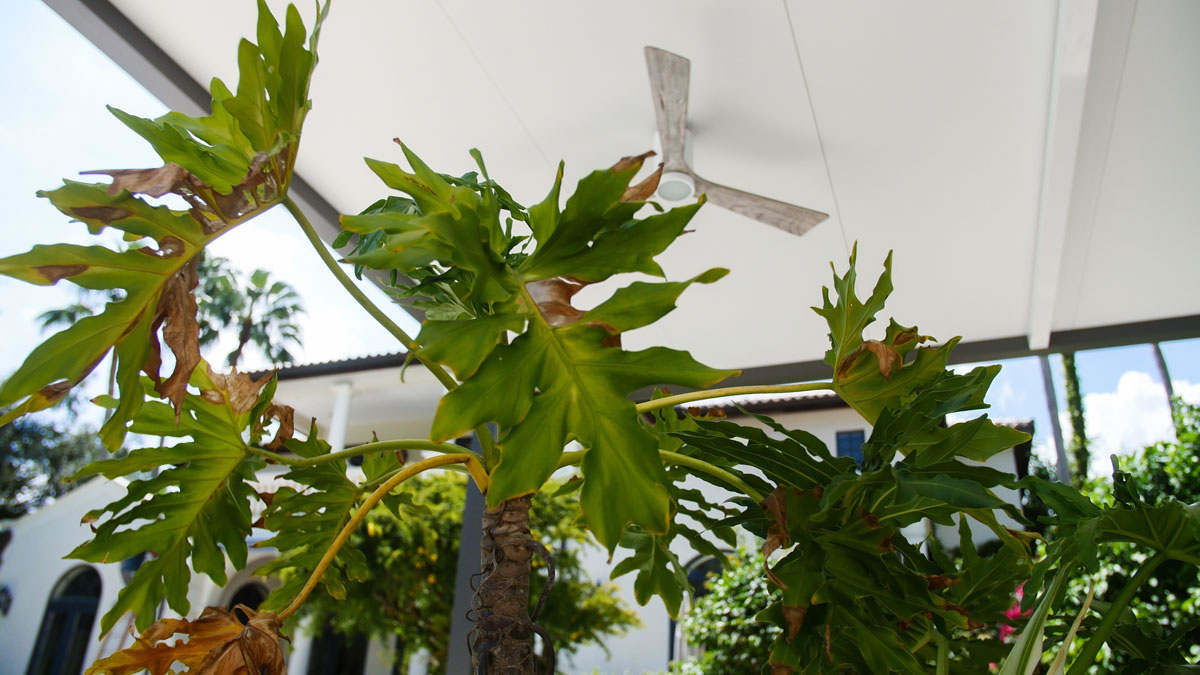
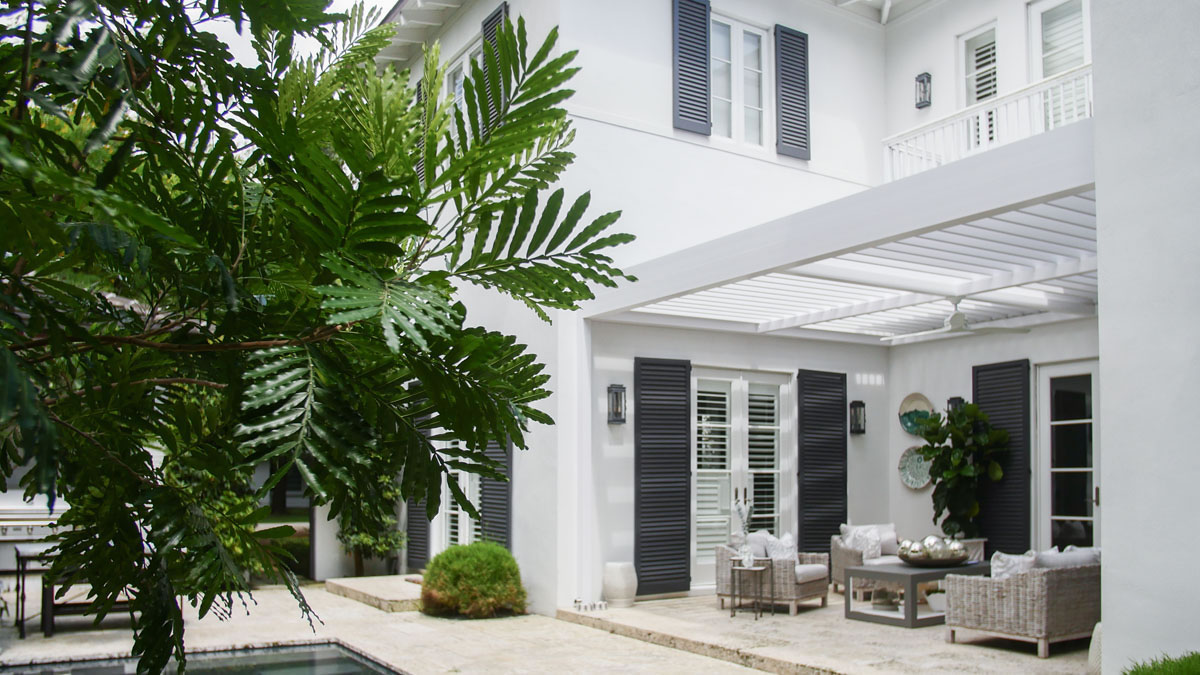
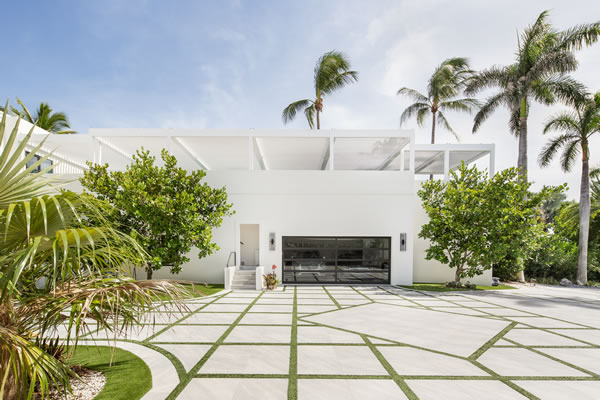
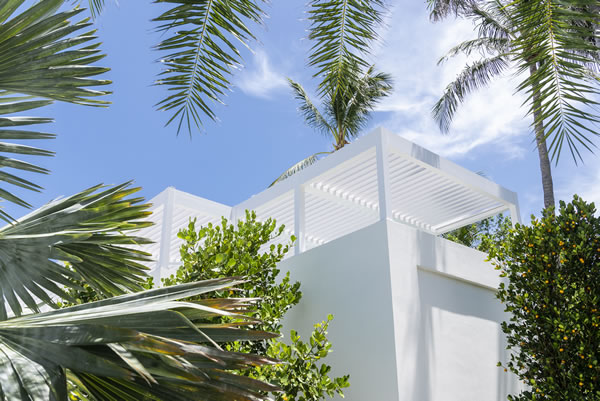
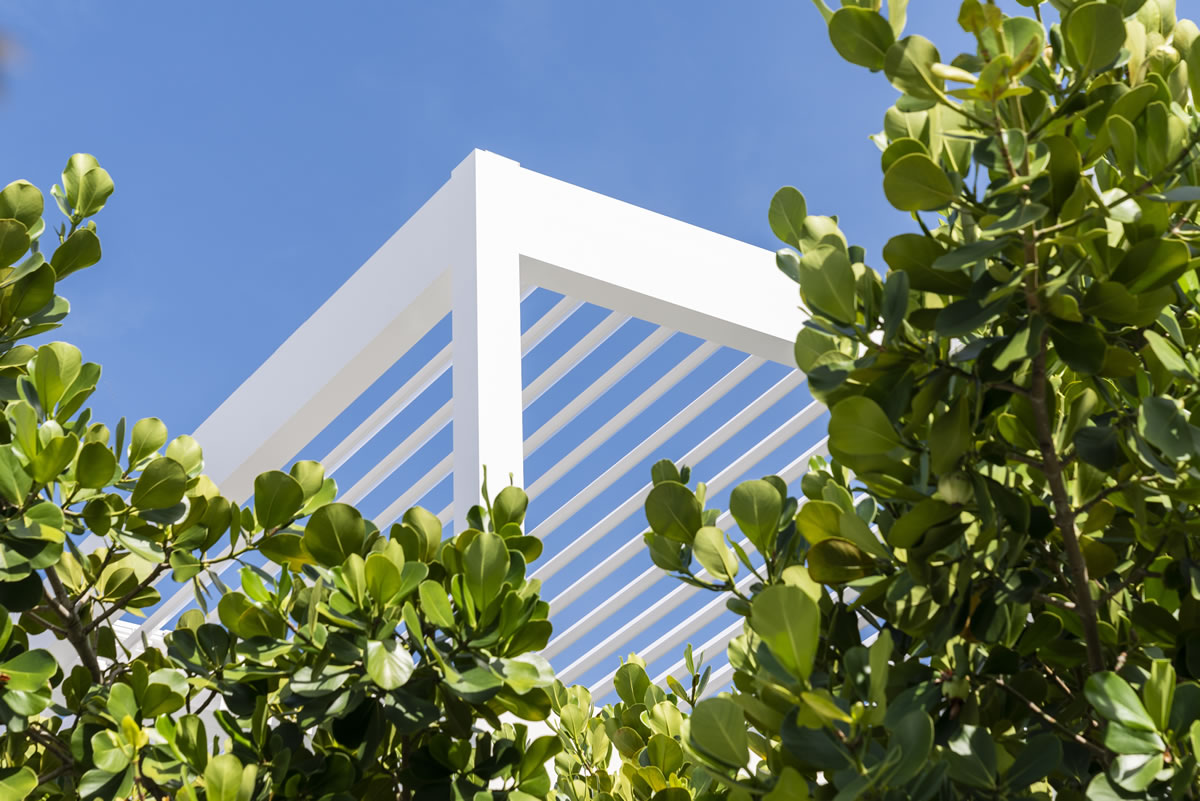
A well-thought-out landscape design will layer all three types of plantings to elevate the entire design. For example, if you are designing a new landscape for a pergola near the swimming pool, you might choose some tall shrubs to line the back of the pergola, creating privacy for the pool deck, while the sides of the pergola are appointed with seagrasses that partially block sightlines but allow plenty of light to still shine in. Alternatively, if you’ve chosen to design your backyard pergola with natural grass as the pergola flooring, you might prefer more low-growing aesthetic plantings to surround the outdoor space that can add a splash of color and allow plenty of sun to reach the patio to keep the grass growing.
Sustainability in landscape design is also an important consideration. This starts with the early phases of your conceptual design. Reusing existing plants, either in their same location or transplanted to other locations, is a great start. Planting the right plants where they will get the most natural rainwater for their individual preferences will cut down on added irrigation demands. Of course, selecting the most appropriate Florida plants is imperative. Choosing native Florida plants will always be a preference, and there are so many to choose from, the list can be dizzying. The University of Florida has actually compiled a comprehensive list of these native species that is well worth perusing for inspiration.
If creating a truly sustainable landscape is important to you, there are even certifications that you can seek that will recognize your landscape design as sustainable. The Florida-Friendly Landscaping Program recognizes landscapes that highlight these sustainable practices. To be considered Florida-Friendly, your landscaping will need to minimize its water needs, mitigate runoff of excessive fertilizers and pesticides, and create habitat for local wildlife.
The ideal home landscape design will balance function, form and beauty while maintaining a laser focus on sustainability. Combining all of these elements with the amazing tropical Florida plants we have here, and incorporating them with your new backyard pergola, will ensure your outdoor living space will be the most amazing part of your home. If you’d like to consider including a pergola in your outdoor design, take a moment to review our South Florida Buyer’s Guide to the Pergola, or reach out to our design team to start the process today.

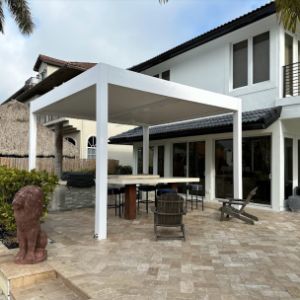
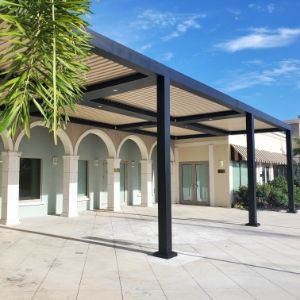
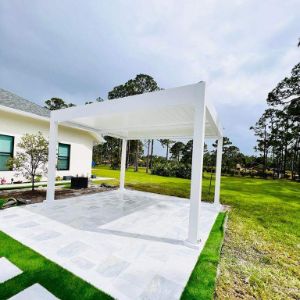
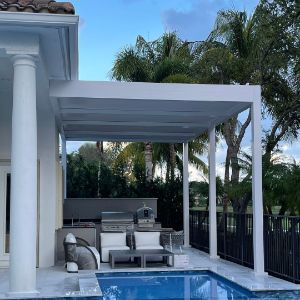
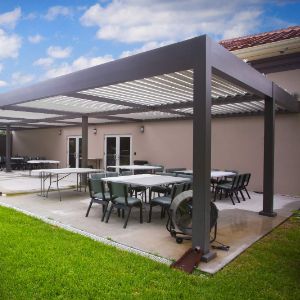
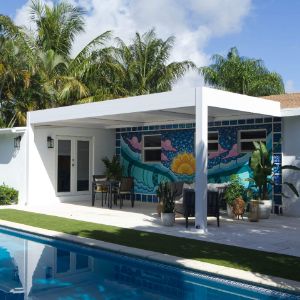
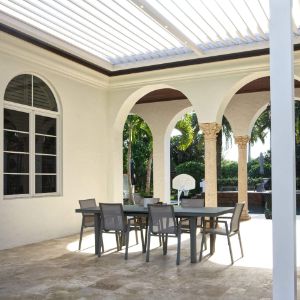


















Name
